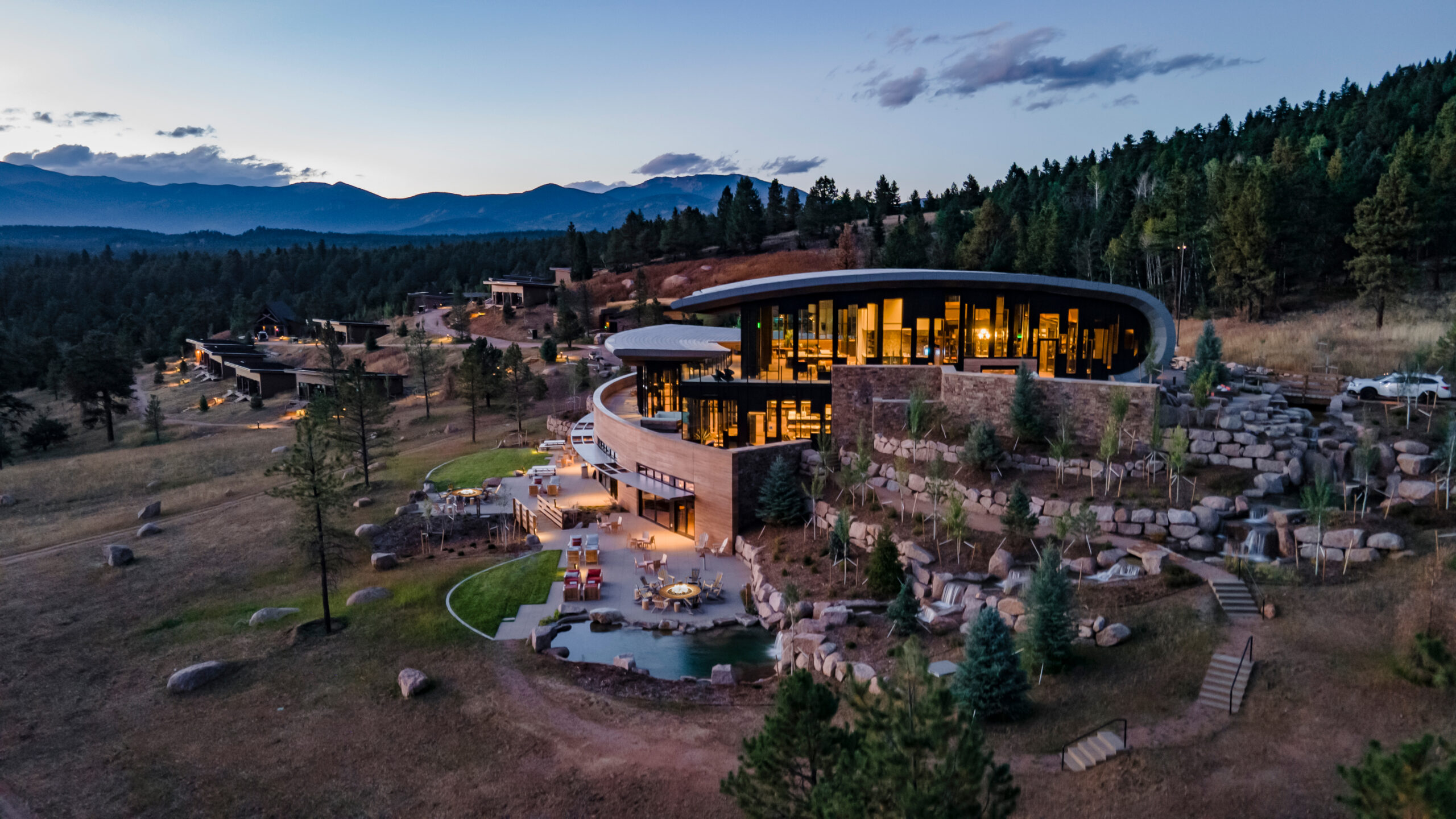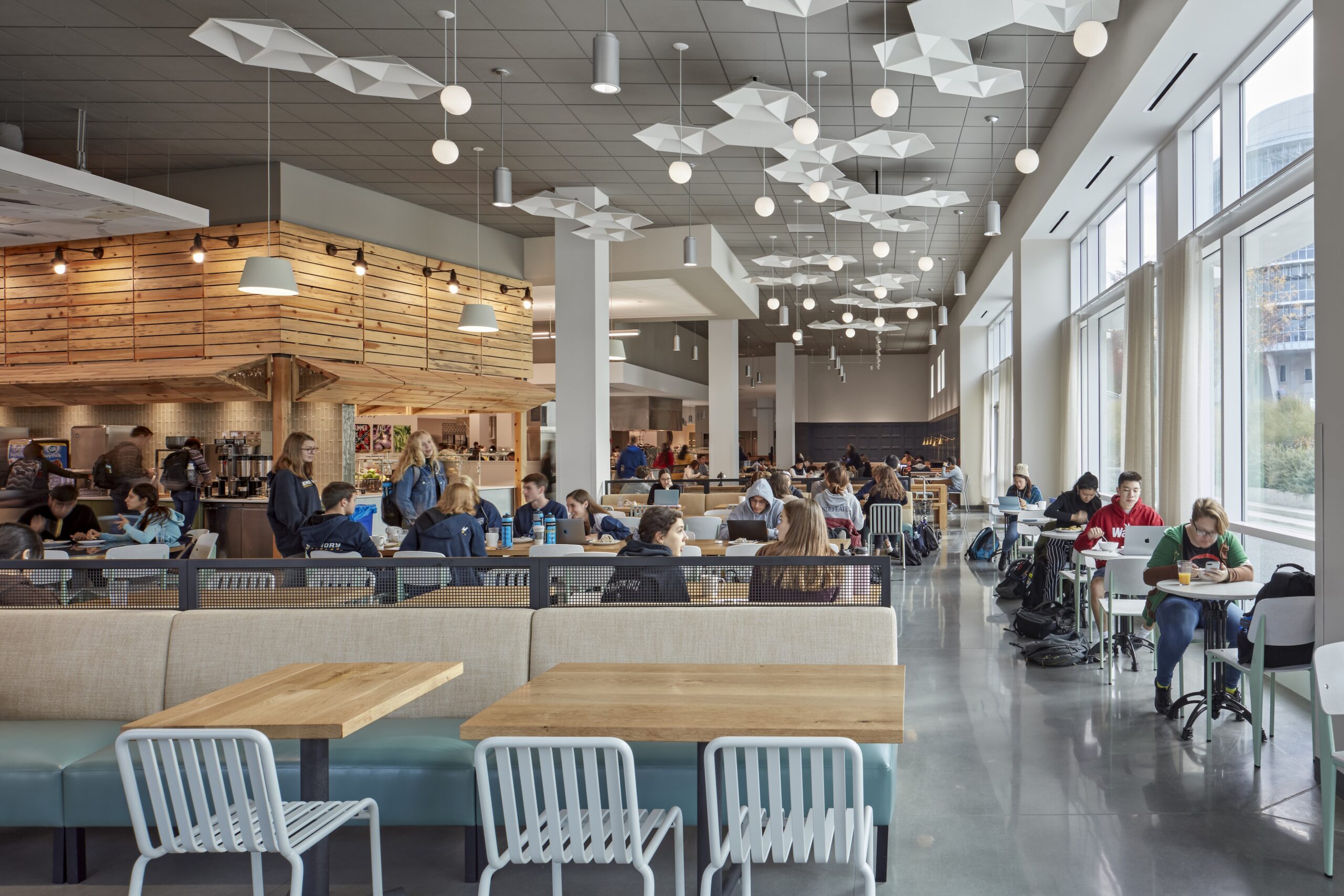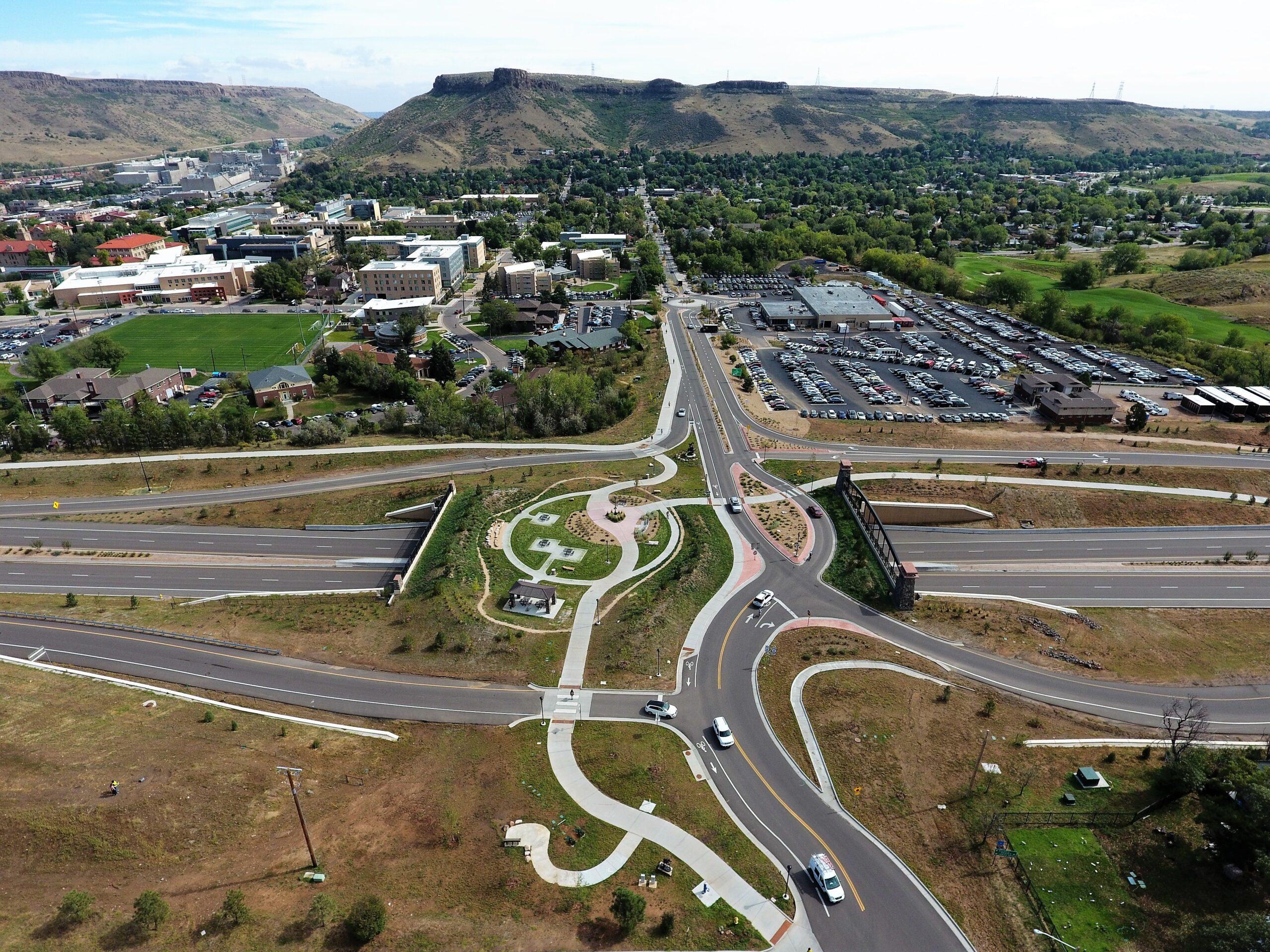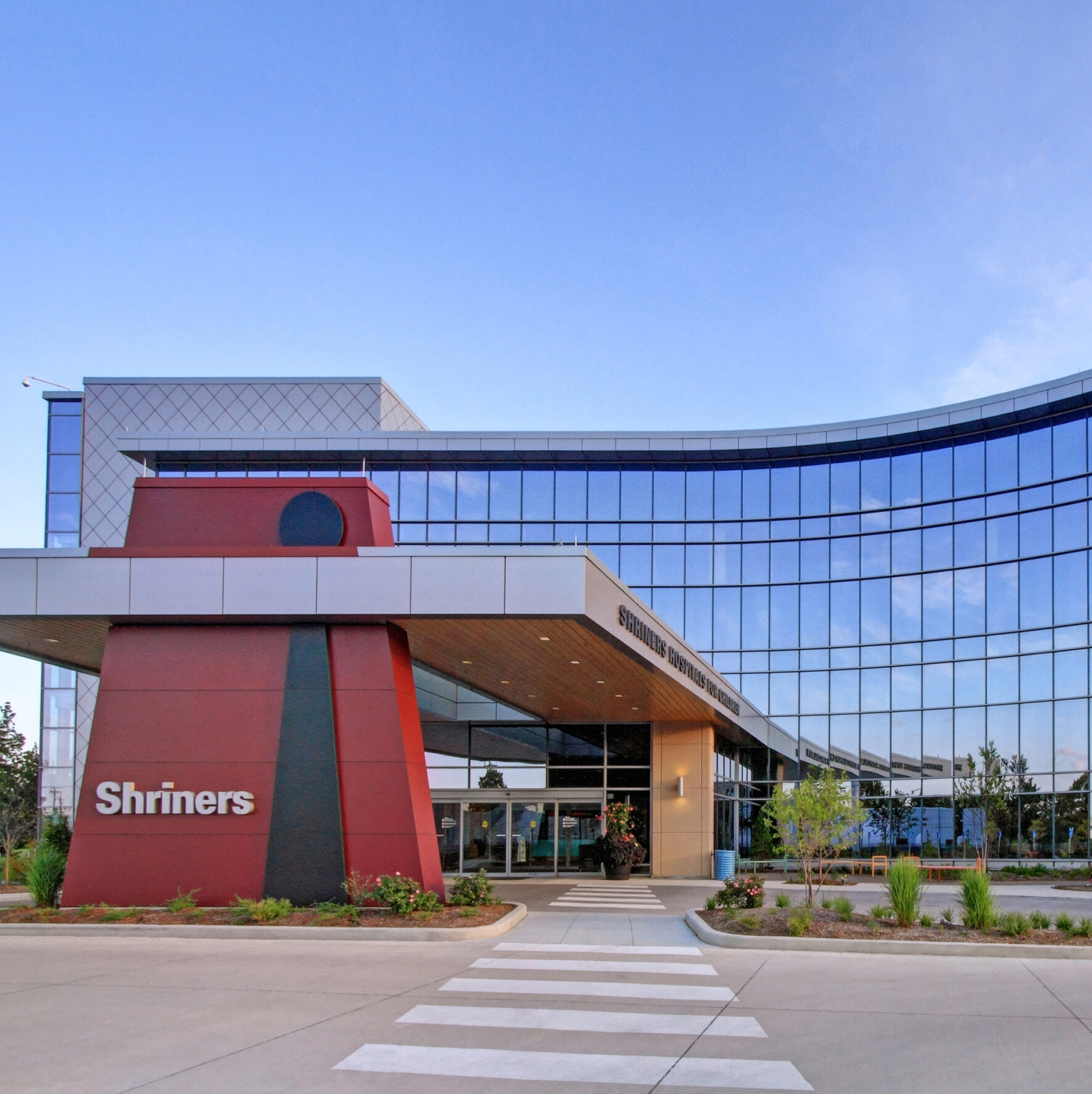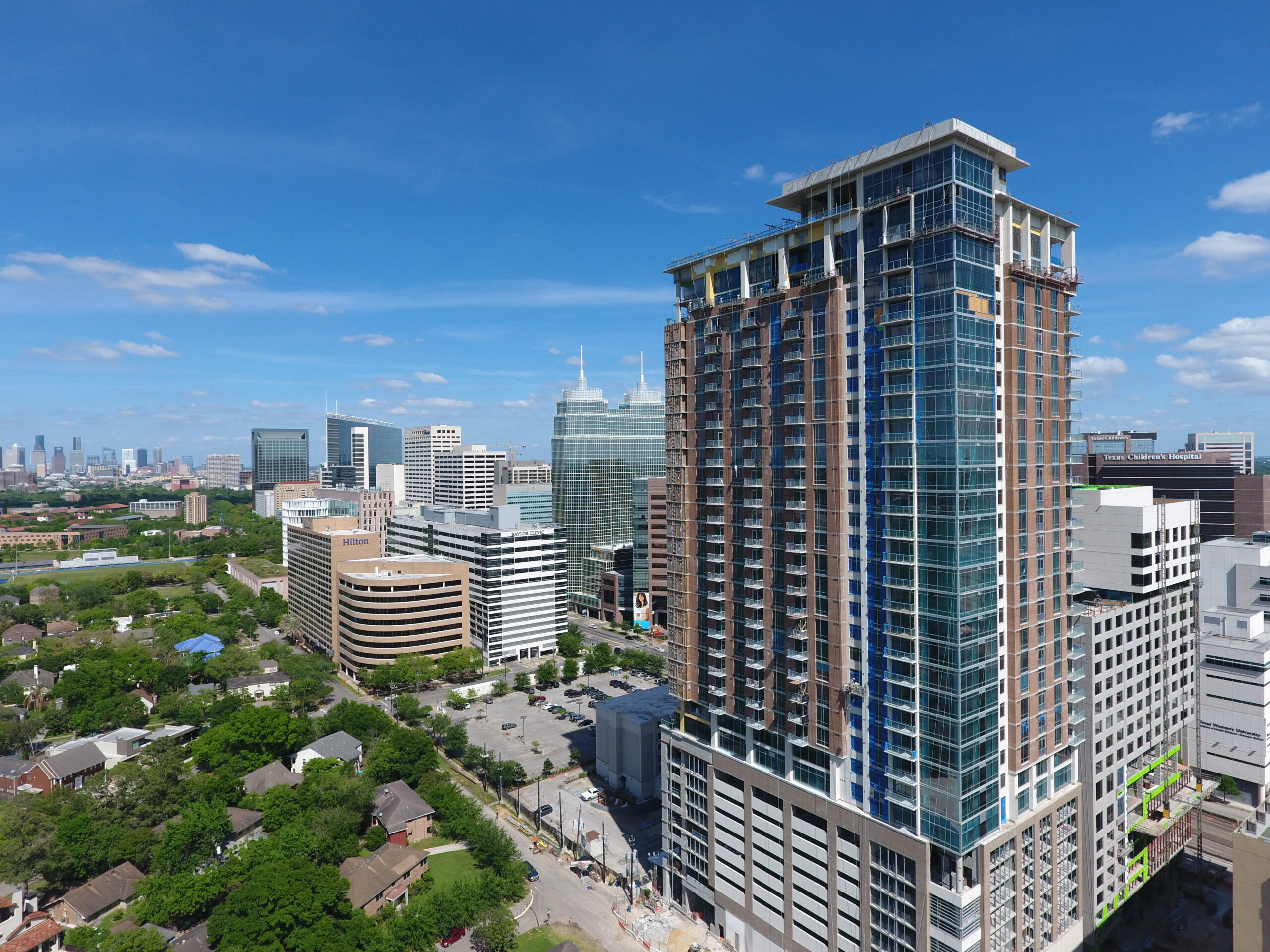New Research and Academic Facility
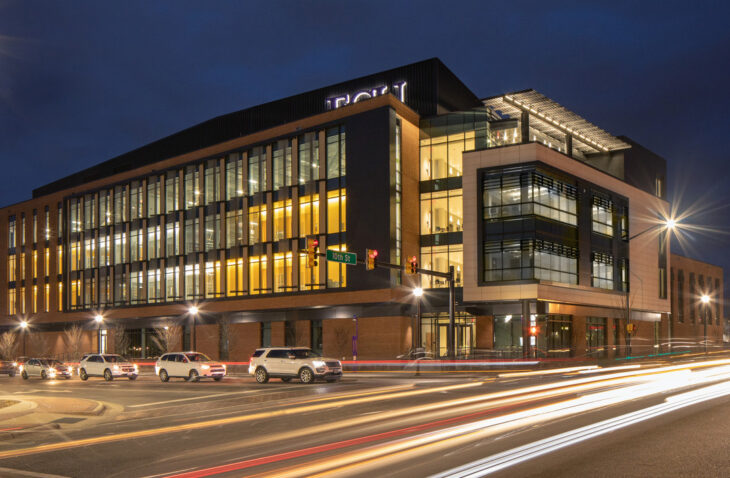
The project: East Carolina University’s (ECU) Life Sciences and Biotechnology Building is a four-story-plus-penthouse, approximately 141,500-sf research and academic facility, prominently located on the Research & Innovation Campus at East 10th and Evans Streets. It serves as a gateway symbol of ECU’s investment in advanced life sciences, biotechnology, and interdisciplinary collaboration across departments such as Biology, Engineering, Physics, and Chemistry. The building also houses a multi-species vivarium and supports student instruction and industry partnerships with cutting-edge lab and meeting spaces.
The goal: The facility was envisioned as a central hub for interdisciplinary research and education in biotechnology and biopharma. ECU aimed to modernize laboratory infrastructure, expand bioprocess engineering resources, enhance student experience, and support regional workforce development in the growing pharmaceutical industry. A companion mission was to reclaim a contaminated brownfield and deliver sustainable architecture that earned LEED Silver certification.
The design:
- Structure & foundation: Constructed with conventional steel framing and concrete slab-on-metal deck floors. Shallow spread footings rendered feasible by ground improvement using rammed aggregate piers, selected to avoid disturbing contaminated soil beneath a confining layer.
- Lab support needs: Designed for stringent lab requirements – minimizing vibration, controlling acoustics, and supporting bioprocess equipment and vivarium systems. A mechanical penthouse serves building-wide utilities.
- Spatial design: Open-lab layouts encourage collaboration across disciplines; public-facing interior spaces support the newly established Eastern Region Pharma Center.
Sustainability: Achieved LEED Silver standards under LEED for Schools v2009, showcasing energy-efficient systems, healthy indoor environments, and site remediation.
The outcome: Although originally scheduled for mid-2021, the project extended to November, 2021, due to weather, COVID-19, and materials-related delays. The facility officially opened for use late November and has been fully operational since, serving thousands of students and enhancing statewide biopharma workforce pipelines.
